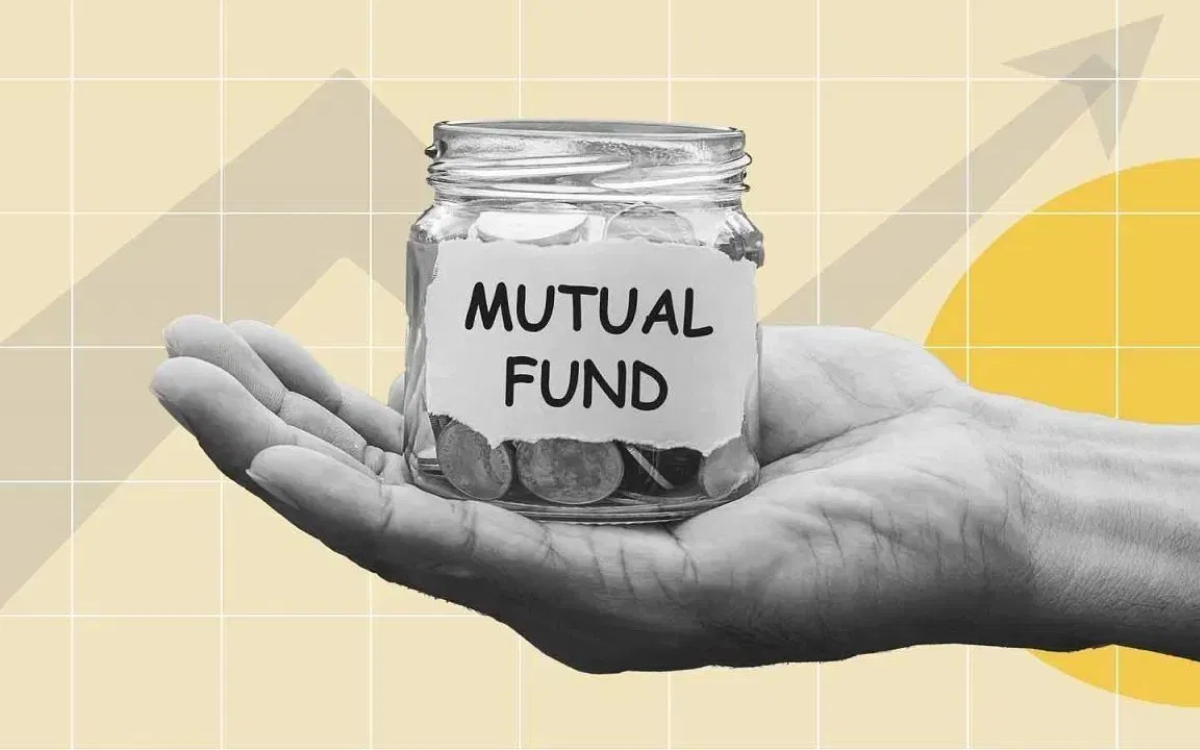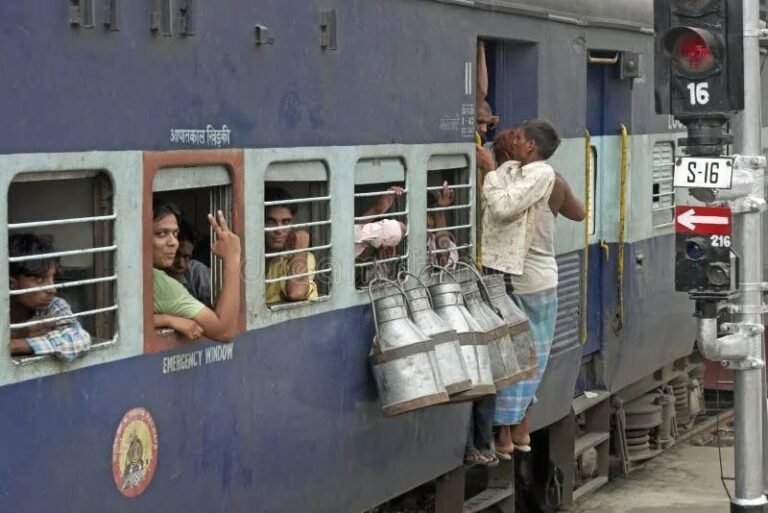India, often called the land of diversity, is also home to one of the largest railway networks in the world—Indian Railways. Established in 1853 with its first passenger train running between Mumbai and Thane, the railway has since become an integral part of the nation’s growth and daily life.
A Network that Connects Millions
With over 67,000 kilometers of track and more than 7,000 stations, Indian Railways connects cities, towns, and villages across the country. Every day, it carries over 23 million passengers—a number larger than the population of many countries!
Beyond Travel: A Cultural Experience
Travelling bytrain in India is more than just reaching a destination—it is a cultural journey. From enjoying hot chai on platforms to tasting local food served on trains, passengers experience the diverse flavors and traditions of India. Long-distance trains like the Rajdhani Express and Duronto Express provide speed and comfort, while heritage trains such as the Darjeeling Himalayan Railway take travelers back in time with scenic routes.
Modernization and Technology
In recent years, Indian Railways has embraced modernization. The introduction of semi-high-speed trains like Vande Bharat Express, digital ticketing, and eco-friendly initiatives such as solar-powered stations showcase how the system is evolving while still remaining affordable for millions.
A Symbol of Unity
More than a mode of transportation, Indian Railways is often described as the lifeline of India. It connects people from all walks of life, uniting them through shared journeys and stories on board.




